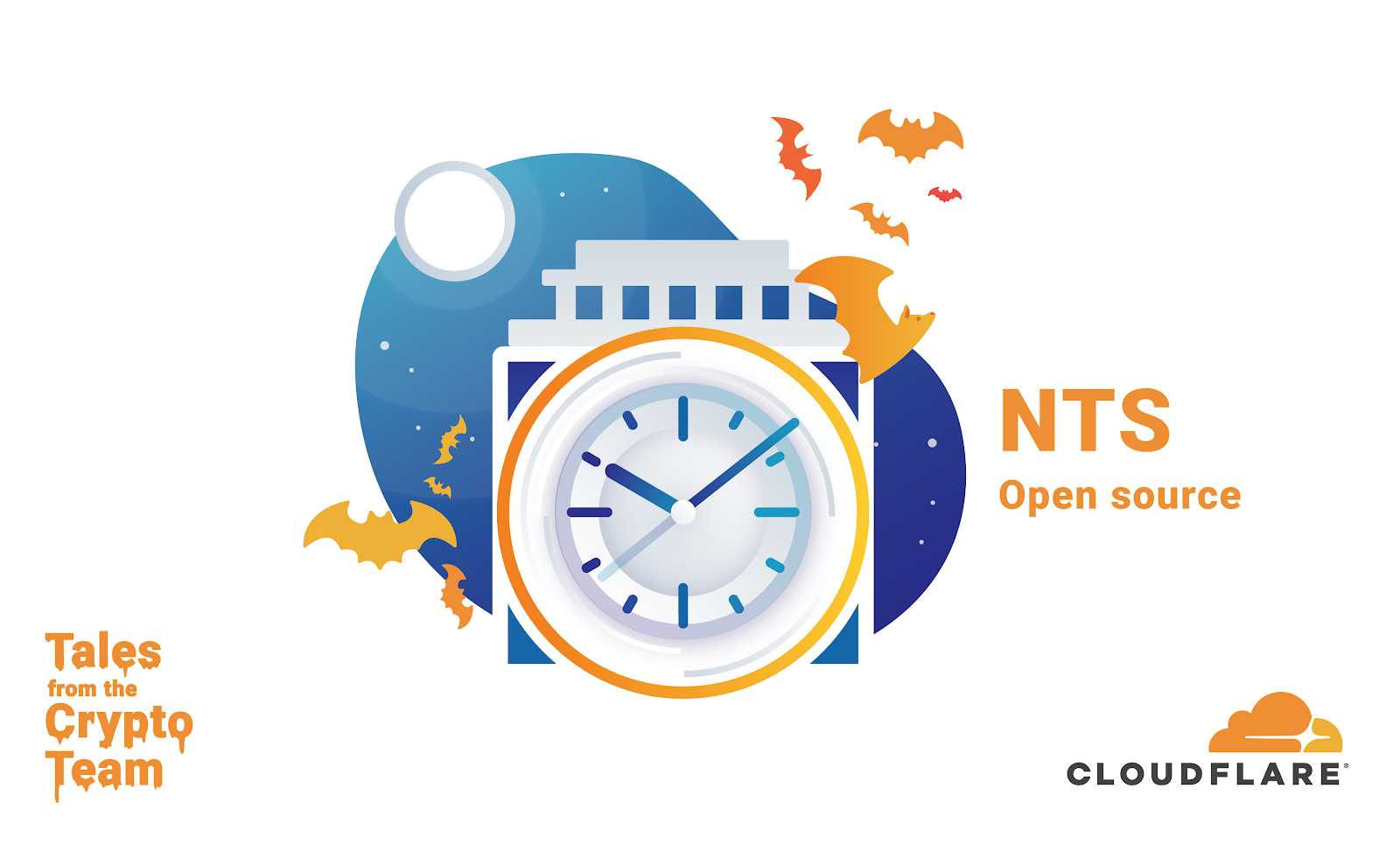Nokia’s SOAR Lineup Tackles 5G, IoT Security
“Basically 60% of the devices we are monitoring are IoT devices, and 78% of the malware we are...
“Basically 60% of the devices we are monitoring are IoT devices, and 78% of the malware we are...

Mad geniuses. Evil dolls. Slow zombies. This Halloween, we’ll see all of these horror film clichés come to life. Sure they’re fun, but are there lessons we can learn from them? What if they could teach us what not to do? We looked at seven scary tropes and what they might teach us about Internet trust.
The call is coming from inside the house.

The phone calls keep coming, each one scarier than the last. Ring. “Are you home alone?” Ring. “Have you locked the doors?” Ring. “Look in the basement.” It’s only then you realize the stalker has been in the house all along.
We lock our doors to make our homes more secure, but we don’t always think about the security of the things we connect to our home networks. An insecure connected device can put your whole network and the devices on it at risk. Meaning, yes, the cybersecurity threat could be coming from inside the house. By protecting your home network, you limit your devices’ exposure to online threats and help mitigate the risk they may pose to others. You can make your network more secure by using encryption, a strong password, and Continue reading


Several months ago we announced that we were providing a new public time service. Part of what we were providing was the first major deployment of the new Network Time Security (NTS) protocol, with a newly written implementation of NTS in Rust. In the process, we received helpful advice from the NTP community, especially from the NTPSec and Chrony projects. We’ve also participated in several interoperability events. Now we are returning something to the community: Our implementation, cfnts, is now open source and we welcome your pull requests and issues.
The journey from a blank source file to a working, deployed service was a lengthy one, and it involved many people across multiple teams.
"Correct time is a necessity for most security protocols in use on the Internet. Despite this, secure time transfer over the Internet has previously required complicated configuration on a case by case basis. With the introduction of NTS, secure time synchronization will finally be available for everyone. It is a small, but important, step towards increasing security in all systems that depend on accurate time. I am happy that Cloudflare are sharing their NTS implementation. A diversity of software with NTS support is important for quick Continue reading
This is the second post in the Loading Configs series. In this post, we will cover the load patch command. …
The post Junos – Loading Configs – 2 of 5 – Patch appeared first on Fryguy's Blog.
In November 2019 we’ll continue the crazy pace of autumn 2019 webinar season:
At some point, when the Epyc server CPU and Radeon Instinct GPU accelerator businesses are more substantial, AMD will probably be a lot less opaque about how its datacenter business is doing. …
AMD’s Datacenter Business Breaks Through $1 Billion Run Rate was written by Timothy Prickett Morgan at The Next Platform.
The deal expands San Francisco-based Digital Realty’s European footprint and better positions it...
Supercomputer-maker Cray has launched the ClusterStor E1000, a storage offering designed to serve the entire triumvirate of HPC workloads: simulations, artificial intelligence, and analytics. …
Cray Revamps ClusterStor For The Exascale Era was written by Michael Feldman at The Next Platform.
SD-branch is the next logical step from SD-WAN, creating a software-defined branch that's easily...
The operator also unveiled a partnership with Siemens to deliver corporate services to German...
NetApp executives say the company’s all-flash and hybrid storage arrays have been a burden on...
A few years ago, about two dozen Oracle employees began work in downtown office space in Seattle to start mapping out how to make the enterprise software giant and occasional system maker a competitive player in a crowded public cloud space that is dominated by the likes of Amazon Web Services and Microsoft Azure, and also includes a host of other high-profile companies, from Google to Salesforce to IBM. …
Oracle Chases A Huge HPC Opportunity In The Cloud was written by Jeffrey Burt at The Next Platform.